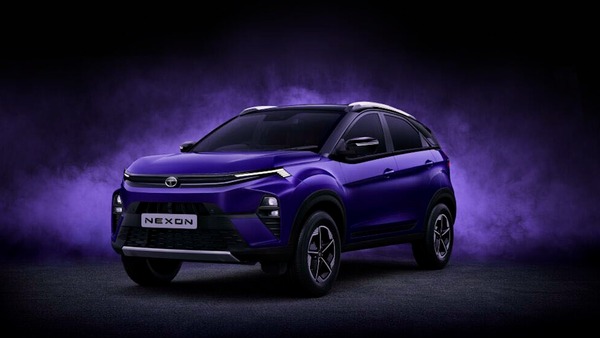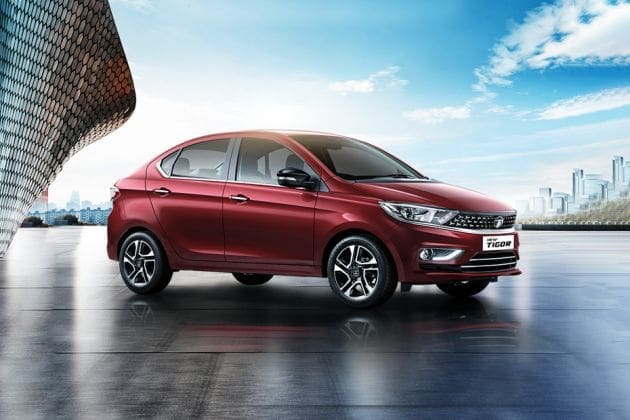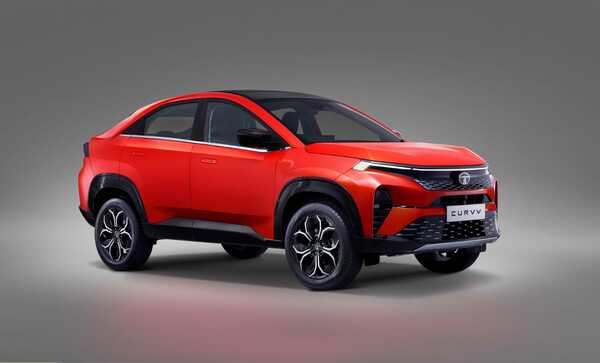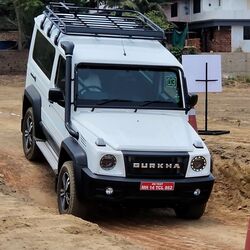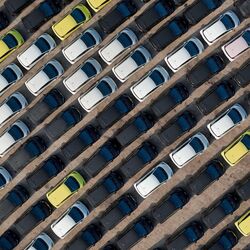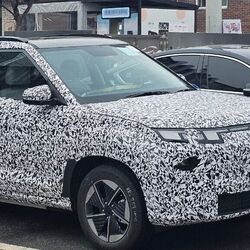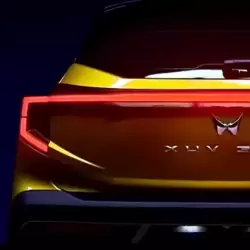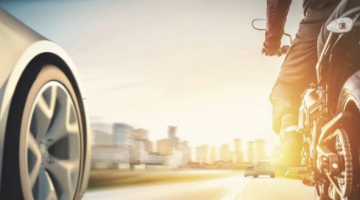Maruti Suzuki aims for Bharat NCAP safety ratings. Is Fronx in the running
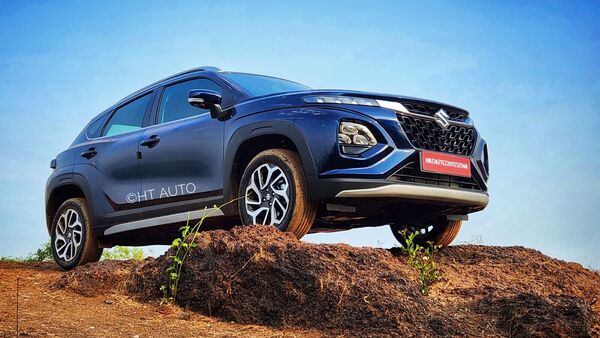

Maruti Suzuki has recently sought Bharat New Car Assessment Programme (Bharat-NCAP) safety ratings for some of its vehicles, according to a senior government official, a PTI report stated. Last year, Tata Motors' SUVs Safari and Harrier achieved the first-ever safety rating for adult and child occupant protection under Bharat-NCAP, both receiving a 5-star rating.
Earlier in the year, Maruti Suzuki released a video on its social media platform revealing a crash test being performed on its Fronx SUV. This fuelled speculation that Maruti Suzuki may send the Fronx SUV for crash testing under the Bharat NCAP safety rating programme.
Also check these Vehicles
The Bharat-NCAP was launched in August last year by the government as India's independent safety performance evaluation protocol for automobiles. Road Transport and Highways Minister Nitin Gadkari emphasised that Bharat-NCAP is aligned with global standards and aims to enhance road safety and vehicle safety standards beyond mandatory regulations.
Also Read : Cars that care: The ‘how’ and ‘why’ behind Tata Motors' focus on safety.
The government is also considering a change in the method of measuring highway construction progress from 'road km' to 'lane km' in the current financial year. This shift reflects the government's focus on constructing more expressways with a minimum of four lanes. Currently, the progress of construction and widening of national highways is measured using the linear length method.
What’s Bharat NCAP?
Under the Bharat New Car Assessment Programme (BNCAP), all vehicle models will undergo assessment in three key areas: Adult Occupant Protection (AOP), Child Occupant Protection (COP), and Safety Assist Technologies (SAT), after which they are awarded star ratings.
This Automotive Industry Standard (AIS) applies to type-approved motor vehicles of the M1 category weighing less than 3.5 tonnes. The government has made participation in this programme voluntary, requiring the base variants of all models from manufacturers to undergo crash tests conducted by approved laboratories such as GARC Chennai, ICAT Manesar, and ARAI Pune. The programme is scheduled to commence from October 1, 2023, under the supervision of the Central Institute of Road Transport (CIRT).
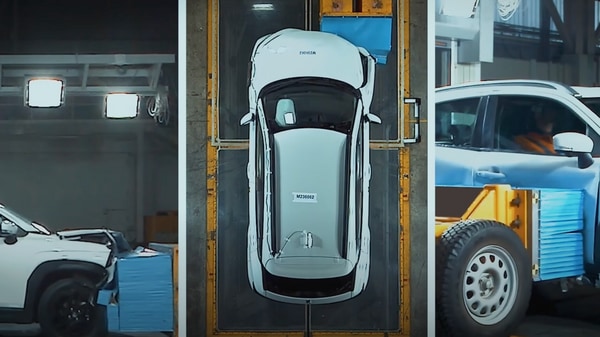

Crash testing conducted by both the Global NCAP (GNCAP) and BNCAP is classified according to three main parameters: Safety Rating Categories, crash speeds, and the specific type of crash. Under the AIS-197 standard, vehicles undergoing crash tests are awarded star ratings (up to five, with one being the lowest) for Adult Occupant Protection (AOP) and Child Occupant Protection (COP). For a vehicle to achieve a five-star rating, it must score a minimum of 27 points in AOP and 41 points in COP. In GNCAP testing, a vehicle must achieve an overall score of 34 points, with 16 points allocated for front crash, 16 points for side impact, and 2 points for seat belt reminders.
Both BNCAP and GNCAP mandate a front offset impact test, side impact test, and pole side impact test, aligning with international standards. Additionally, Safety Assist Technologies (SATs) such as Electronic Stability Control (ESC), pedestrian protection systems, and Seat Belt Reminders (SBR) are integral components of the assessment criteria.
Crash speeds are standardised, with the frontal offset impact test conducted at 64 km/h. The side impact test is conducted at 50 km/h, and the pole side impact test at 29 km/h under BNCAP. Additionally, BNCAP is set to include testing for electric vehicles and alternative fuel vehicles as the programme becomes fully operational.







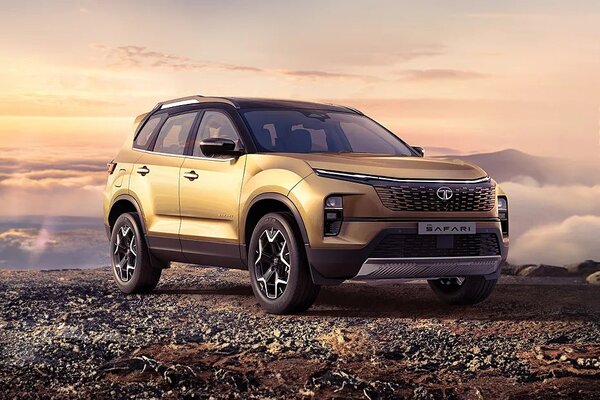
 1956.0 cc
1956.0 cc Diesel
Diesel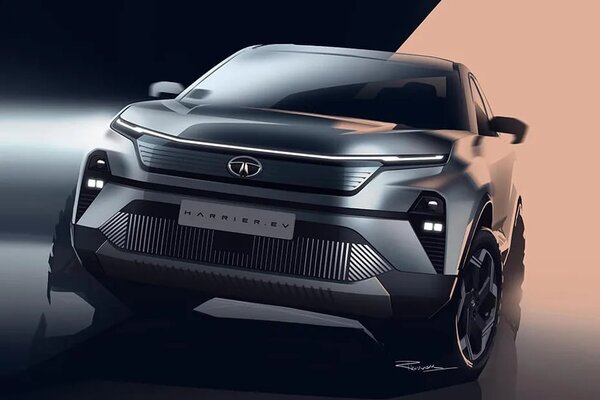
 50 kWh
50 kWh 400 Km
400 Km
